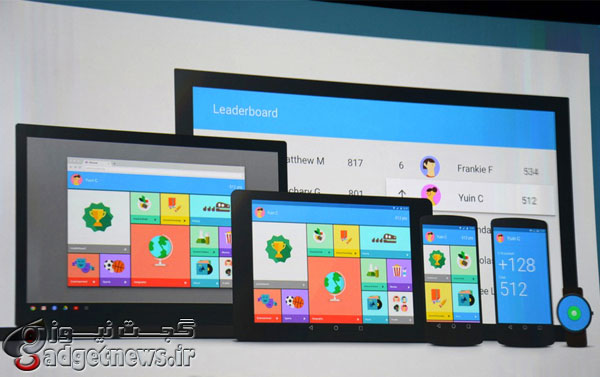
شب گذشته کنفرانس توسعه دهندگان گوگل موسوم به Google I/O رسما آغاز به کار کرد و گوگل در اين رويداد نسخه جدید اندروید را رونمایی کرد. زبان طراحی جدید Material Design و بیش از 5 هزار API جدید نرمافزاری بُعد جدیدی را به سیستمعامل جدید موبایلی گوگل خواهند افزود.
نسخه جدید اندروید هنوز به صورت رسمی با شماره و یا نام خاصی نامگذاری نشده است و گوگل فعلاً اندروید جدید را تحت عنوان L Developer Preview معرفی کرده است؛ هرچند که نام Lollipop نام احتمالی جدید اندروید 5.0 خواهد بود.
ماتیاس دوارته مدیر طراحی اندروید میگوید که اندروید جدید بزرگترین تغییر ظاهری را از زمان معرفی اندروید به خود دیده است. با نگاهی به صفحه خانگی بلافاصله متوجه تغییر طراحی دکمههای نرمافزاری Back، Home و مالتیتسکینگ میشوید. علاوه بر آن آیکنها هم تغییر کردهاند؛ اما اینها کوچکترین تغییرات ظاهری هستند! زبان طراحی Material Design دکمههای جدید، اپلیکیشن جذابتر و در عین حال تر و تمیزتر Gmail، فونت جدید روبوتو برای موبایل و دسکتاپ، کیبرد جدید، صفحه تنظیمات سریع Quick Setting جدید، نوتیفیکیشنهای در صفحه قفل و در بالای صفحه هنگام ظهور و البته نفوذ زبان طراحی جدید اندروید به وب با سرعت 60 فریم بر ثانیه از مهمترین نکات جدید طراحی Material Design هستند.
{photo}93/04/05/android-l{/photo}
گوگل میگوید که حالا پیکسلها علاوه بر رنگ ارتفاع مختلف نیز دارند و توسعهدهندگان و برنامهنویسان میتوانند ارتفاع عناصر مختلف را در اپلیکیشنهای خود تعیین کرده و اندروید به صورت خودکار سایهها و ابعاد را به آن میافزاید.
کشوی نوتیفیکیشنها و صفحه قفل حالا با هم ادغام شدهاند و هر بار نوتیفیکیشن جدیدی دریافت میکنید به صورت یک کارت آن را در بالای صفحه خواهید دید. همچنین صفحه مالتی تسکینگ هم به صورت کارتهای سهبعدی پشت هم ردیف شده در آمده و با اضافه شدن صفحات وب به لیست زیباتر به نظر میرسد؛ هرچند که شاید طراحی قبلی سادهتر و مفیدتر به نظر میرسد.
از نظر کارایی و سرعت همانطور که انتظار داشتیم موتور Runtime پیشفرض گوگل حالا به جای Dalvik به ART سپرده شده و به ادعای گوگل دو برابر سریعتر از پیش عمل میکند. به این ترتیب اندروید در مدیریت حافظه رم و منابع بهینهتر عمل میکند و همچنین با مجموعههای افزونهای اندروید این سیستمعامل قادر خواهد بود تا از حداکثر توان گرافیکی پردازندههای قدرتمندی مانند Nvidia Tegra K1 استفاده کند. همچنین اندروید حالا قادر است از پردازنده های 64 بیتی هم به خوبی پشتیبانی کند.
همچنین حالا اندروید بالاخره به صورت پیشفرض دارای قابلیت Battery Saver برای صرفه جویی در مصرف شارژ باتری شده است:
گوگل همچنین در نسخه جدید اندروید سعی دارد تا فعالیتهای ورزشی و سلامتی را هم در یک پلتفرم یکپارچه با نام Google Fit ثبت کند. Google Fit با استفاده از سنسورها و حسگرهای گوشی و همچنین ابزارهای پوشیدنی مانند ساعتهای هوشمند و دیگر دستبندها مانند Nike FuelBand دریافت کرده و آنها را ثبت میکند. گوگل همچنین اعلام کرد که شرکتهای آدیداس، موتورولا، الجی، اچتیسی، Polar، Bais، RunKeeper و حتی اینتل سختافزارهایی پوشیدنی با پشتیبانی از Google Fit عرضه خواهند کرد.
Google Fit قدمهای شما را میشمارد و الگوی خواب و فعالیتهای شما را تحت نظر میگیرد. این اطلاعات با اجازه شما در اپلیکیشنهای دیگر به کار خواهند رفت و برنامهنویسان میتوانند از این اطلاعات در اپلیکیشنهای خود استفاده کنند.
کد L Preview برای توسعهدهندگان همین امشب عرضه خواهد شد و انتشار رسمی نسخه 5 اندروید هم پاییز شروع خواهد شد؛ زمانی که گوگل فکری به حال نام اندروید 5.0 کند!
اسکرین شات های نسخه مخصوص توسعه دهندگان اندروید جدید :
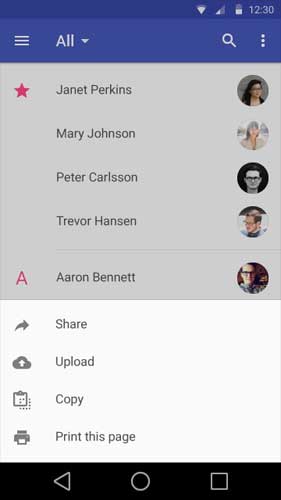

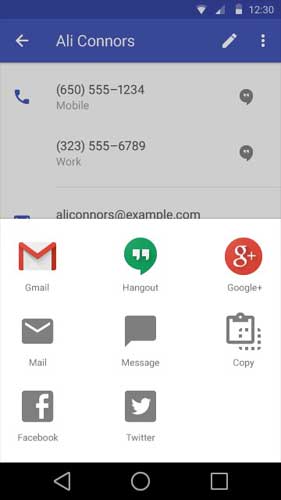
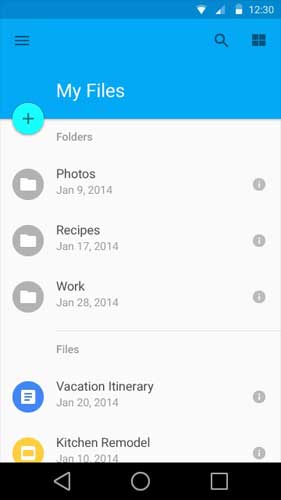
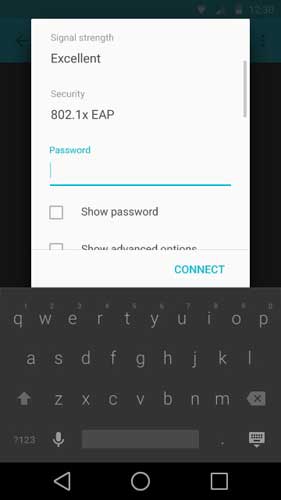
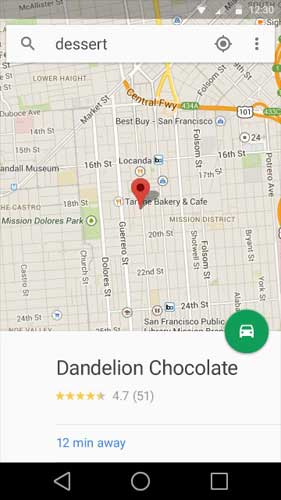
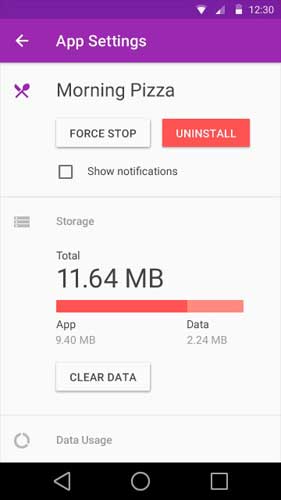
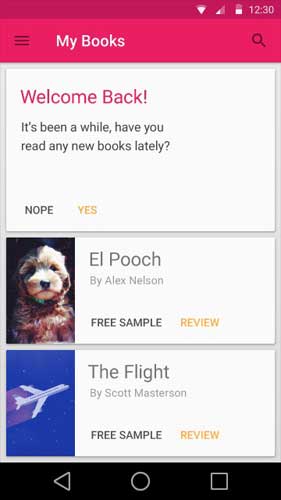
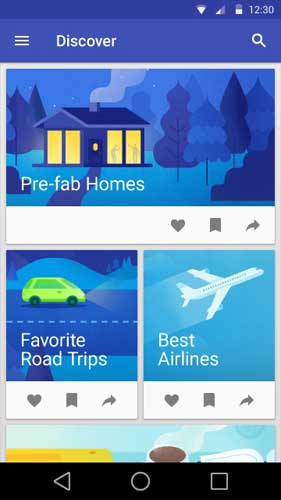
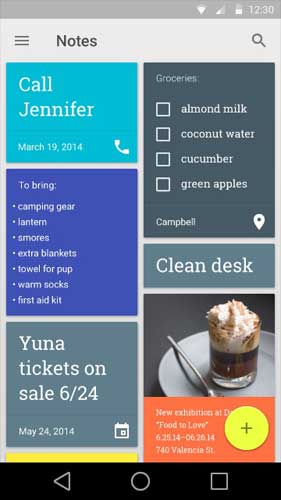
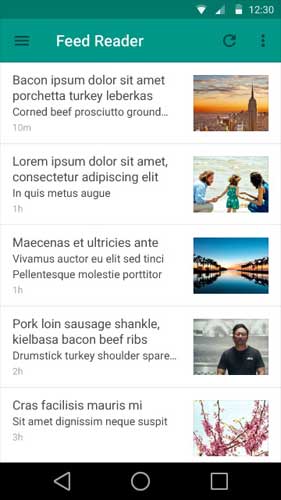
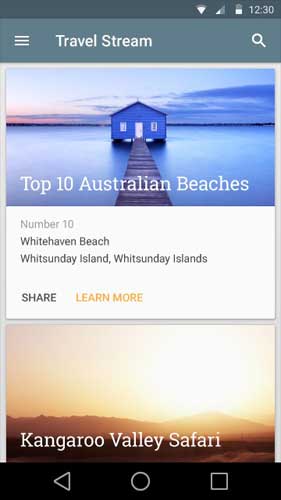


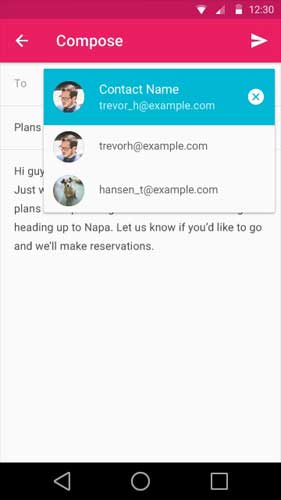
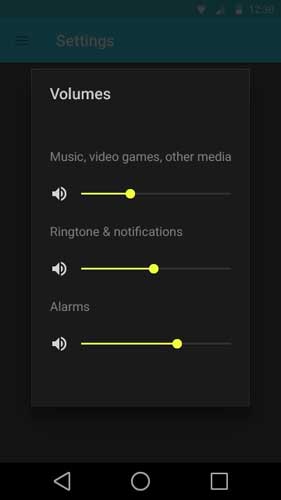
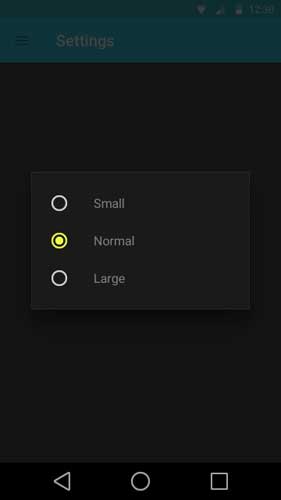
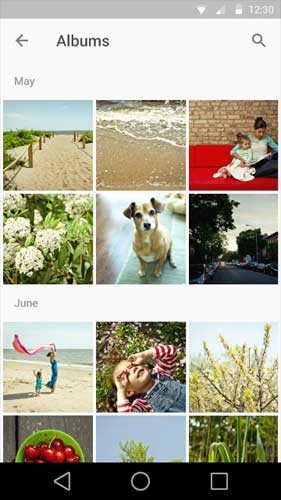

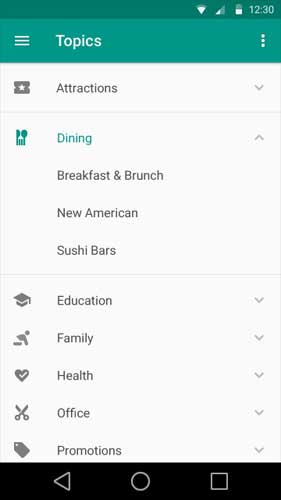
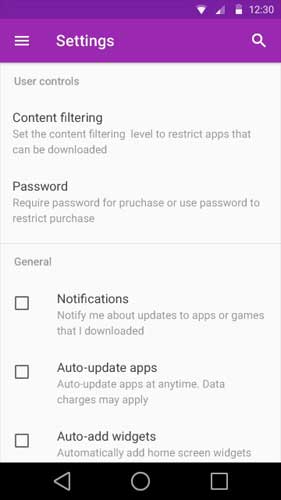
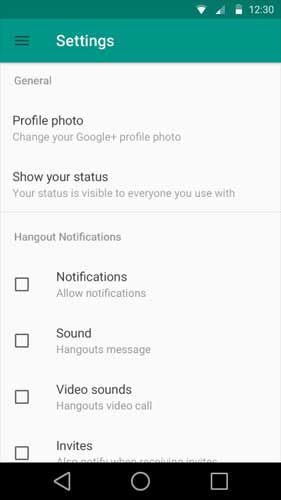
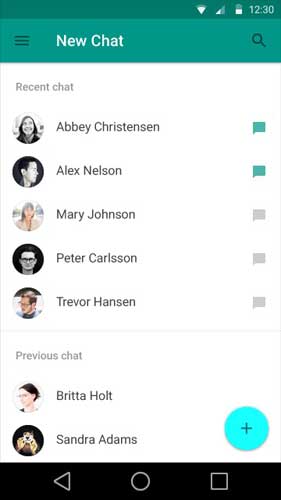
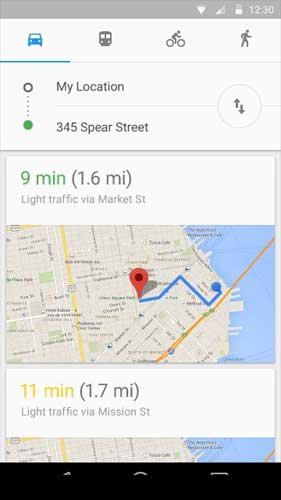
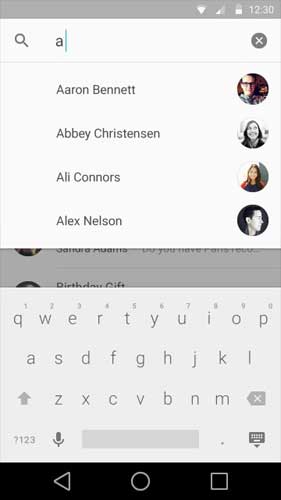
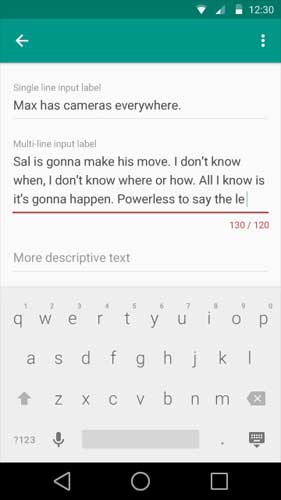

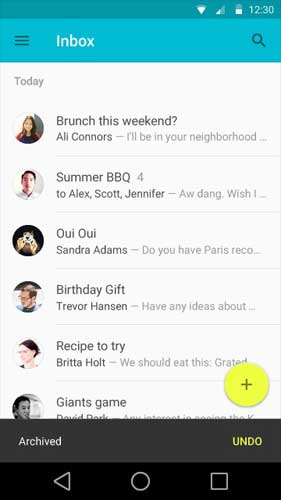
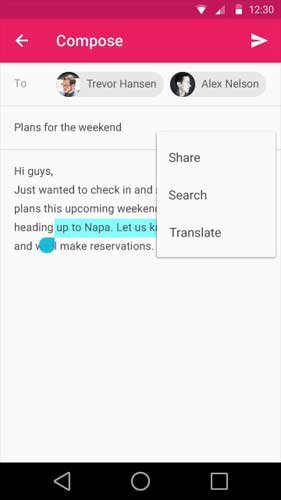
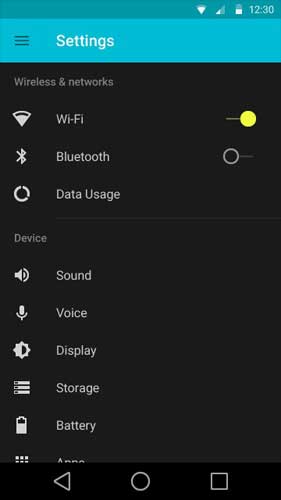




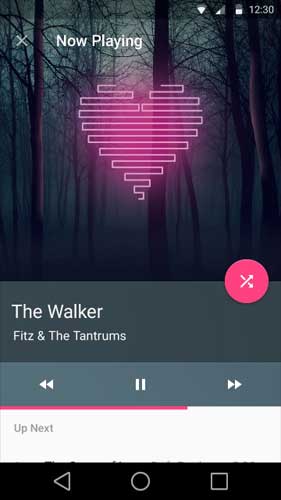
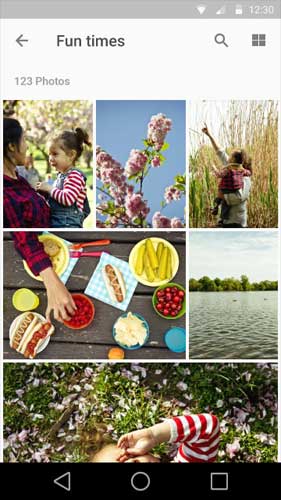
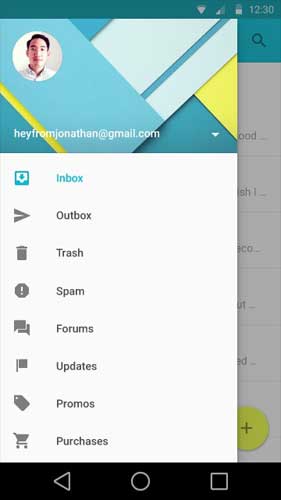
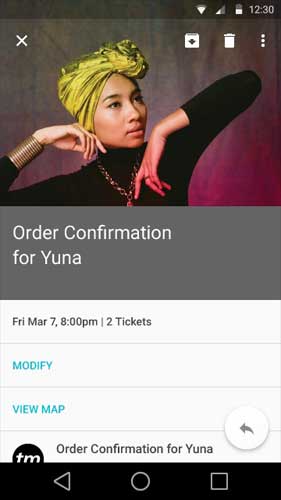

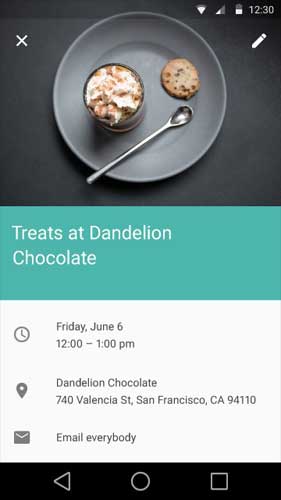
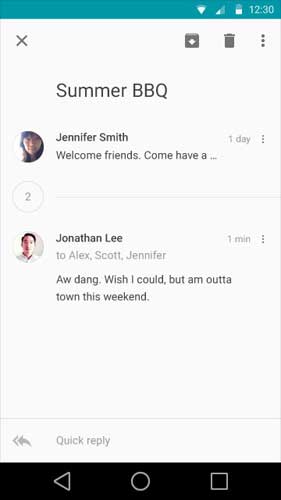
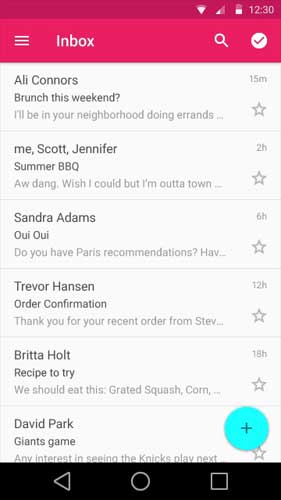
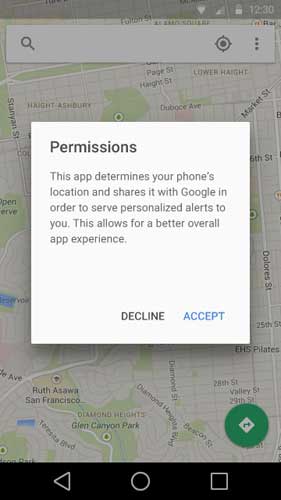

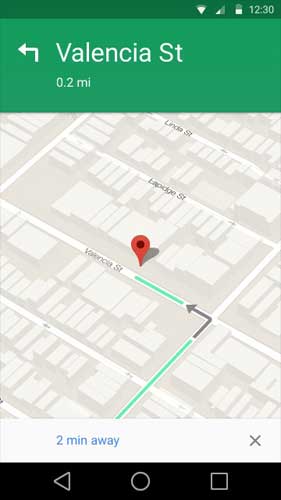
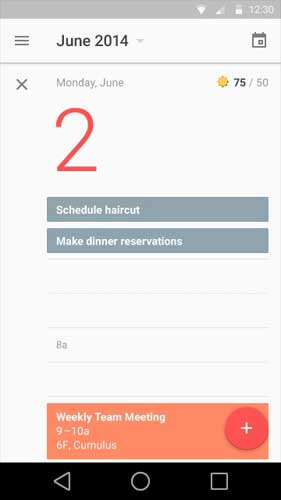

منبع : engadget
Google's next version of Android 'L' release has a new look, deeper ties to the web
KitKat may have only found its way onto roughly 15 percent of phones at this point, but that won't stop Google from looking to the future. The new version, teased by Sundar Pichai is simply being referred to as the "L" release right now. As previous leaks have indicated, this will be the most dramatic UI overhaul the OS has enjoyed since Ice Cream Sandwich debuted back in 2011. The heart of this overhaul is called Material Design — a flatter look, with rounder elements and softer edges that will extend beyond tablets and phones to Chrome OS and Google's various web services. You can see some of the new design philosophy at work already in the latest version of the Google+ app on Android. But it goes beyond that. Shapes are simplified and there are smooth transition animations across the UI. And those animations aren't just inside apps; they can also be between apps. For instance, you could view an image in the photo gallery, and then choose to open it in a third-party editor. Rather than laboriously closing the gallery and then opening the editor, the image itself could appear to float above the apps and simply shift into the second app, which is already open to the editing pane. Developers can also add the illusion of depth by adding "elevation" which automatically stacks visual elements appropriately and adds drop shadows.
Of course, if the only new thing was a face-lift, it wouldn't be all that exciting. But there are also plenty of new features. Not that there was anything wrong with notifications in KitKat, but there's always room for improvement. In L, you'll be able to interact with notifications, right from your lock screen. That can include quickly swiping them away or double-tapping on the notification to head straight into the relevant app. The notifications aren't ordered simply chronologically anymore either; they're sorted by relevance and importance, which is determined by a number of details, like the source app, etc… For truly important events, Google has introduced heads-up notifications, which pop interactive notifications over your current task. In a demo, an incoming call showed up at the top of the screen while Dave Burke, director of engineering for Android, was playing a game. He could simply ignore the pop up completely, or he could tap the options to accept or dismiss the call.
Obviously, if you have a secure lock screen, it might be a little tough to actually get excited about those notifications. But L will also introduce Trusted Environments, which allow you to access the phone without the hassle of pattern or PIN codes, but still leave you feeling secure that your data won't be accessible to others. The authentication can come in many forms. For instance, it could be connected to your fancy new Android Wear watch. When the phone is within a foot of your G Watch or 360, it would function normally. But if it moved beyond that distance, it could automatically batten down the hatches to keep ne'er-do-wells out.
One of the more intriguing changes is the deeper tie to the web and Chrome. The new recents interface will pull in not just apps you've launched, but also tabs you've opened on your desktop. And, developers can make links go to apps instead a web page. So, if you search for a restaurant on your laptop, the recent menu won't simply open up a web page, but could launch directly into the Yelp reviews.
Then there's the ART runtime, the software library that actually makes all your pretty little apps work. ART brings a whole bunch of advantages: Apps should run significantly quicker, and in particular, they should launch much faster. It should also increase battery life because Android will be wasting less processing power decompressing apps. ART is also built to support 64-bit mobile chips that are just starting to hit the market. Those processors, combined with the proper software support, should bring additional performance enhancements and power savings. And, if you still find yourself wishing for a longer battery life, there's a new battery saver mode than can extend standby time by up to 90 minutes by turning off unessential services.
L is also where Google is making a serious push into enterprise by embracing the bring-your-own-device culture. There will be new APIs specifically designed to allow personal and work data to live side by side with minimum inconvenience. But Google will also package these features as standalone apps; this way even users still on KitKat in a few months will be able to take advantage. The security and enterprise tools are actually built on Samsung's Knox tech, which is officially part of the Android OS now.
Most importantly though, Android L is where Google's OS finally fulfills its promise of being everywhere. That means wearables, cars and TVs — pretty much everywhere you could want access to Android's deep well of applications and voice controls. Developers will get access to L soon, but sadly there's no word yet about when it might come to consumers.
 گجت نیوز آخرین اخبار تکنولوژی، علم و خودرو
گجت نیوز آخرین اخبار تکنولوژی، علم و خودرو 





